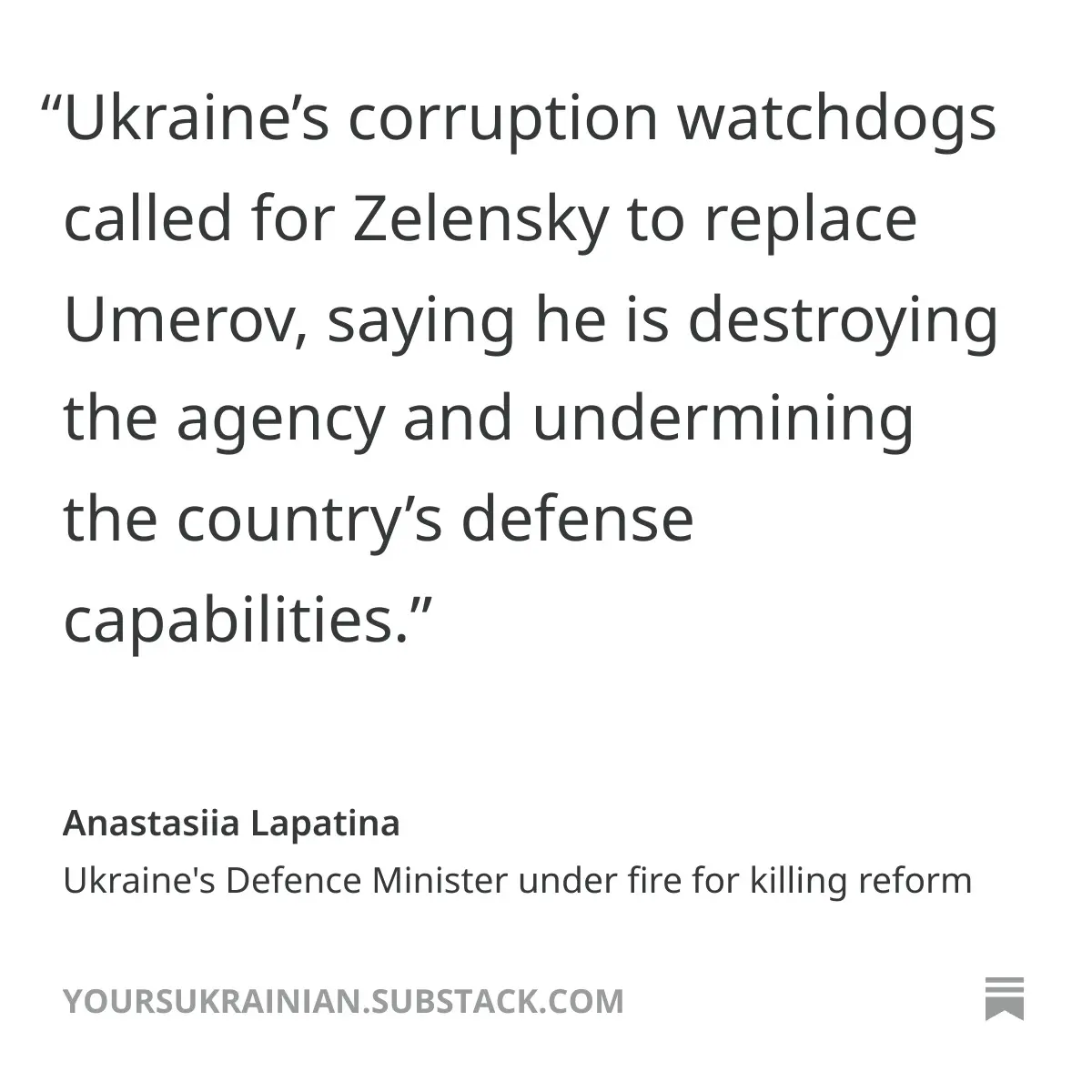The United States Agency for International Development (USAID) has often found itself in the spotlight, not for its humanitarian efforts, but for the scandals that have marred its reputation over the years. With foreign aid constituting a minute fraction of the federal budget, public perception often veers towards misunderstanding, with many believing U.S. funds to be significantly higher than they are. These funds are frequently tied to foreign military engagements, heightening scrutiny over their usage. This article will delve into the remarkable missteps and scandals that have plagued USAID, illustrating how its operations have sometimes led to unintended consequences.
Mismanagement and Controversial Programs
In recent years, the White House has spotlighted specific programs funded by USAID, including a particular focus on diversity, equity, and inclusion initiatives abroad. These have sparked debate, with critics arguing that funding for initiatives like an LGBT empowerment program in Serbia represents misallocation of American resources. Such sentiments are representative of a broader critique that foreign aid is often plagued by inefficiency. Indeed, programs claiming to advocate for social issues are perceived by many as frivolous expenditures when evaluated against the urgent needs arising from global crises.

Questionable Medical Research Funding
USAID’s ties to medical research raise eyebrows as well, particularly with its controversial projects linked to Wuhan. Allegations arose when the agency was accused of investing in projects that lacked transparency and solid oversight. Congressional debates have erupted over whether these allocations genuinely align with humanitarian aims or serve vested interests. Such discussions underscore a larger concern regarding the effectiveness and oversight of USAID’s funding strategies.
Foreign Aid Misconceptions and Realities
The American public largely misconstrues the scope of foreign aid, often conflating it with military spending. A study published by the center-left Brookings Institution shed light on this misperception, arguing that citizens questioning foreign aid often include military expenditures in their concerns. Over years, five nations – Israel, Egypt, former South Vietnam, Afghanistan, and South Korea – have been the most substantial recipients of U.S. foreign aid since 1945. A significant portion of USAID’s funding has stemmed from ongoing military involvements in these regions, further muddying the waters of public understanding.

Humanitarian Assistance vs. Military Spending
A dissection of USAID’s budget distribution reveals a paradox. While humanitarian assistance totals approximately $9.4 billion, the most significant allocation of $14.4 billion went to Ukraine to support its wartime economy. Such budgeting choices naturally invite criticism over the prioritization of military-related funding over immediate humanitarian needs. This divergence fuels skepticism about USAID’s core mission. For a holistic comprehension of foreign aid, it becomes essential to consider not merely the figures, but also the larger geopolitical context and how these choices manifest in the form of social instability.
Examples of Scandals Connected to USAID
USAID has faced numerous scandals, each drawing attention to issues within its operational framework. For instance, in Afghanistan, USAID spent over a billion on initiatives to curb opium production, yet reports indicated that funds inadvertently facilitated its growth. The Special Inspector General for Afghanistan Reconstruction (SIGAR) revealed that while USAID aimed to redirect farmers towards non-opium crops, opium cultivation markedly increased by 119 percent in certain areas. This exemplifies how, despite good intentions, mismanaged aid can lead to heightened tensions and larger problems.

Child Abuse Cover-ups and Scandals
Some of the most disturbing allegations against USAID involved child abuse within charities it funded. Reports surfaced concerning a Kenyian charity that allegedly concealed multiple cases of child sexual abuse while receiving significant USAID funding. Despite high praise from the government, the charity faced severe backlash when whistleblowers detailed the systematic cover-up of abuse incidents. The fallout from these revelations was profound, resulting in funding cuts and police investigations. Such occurrences raise serious questions regarding vetting processes and safeguards in place for American-funded projects abroad.
Conclusion: The Imperative for Reform
As the narrative of USAID’s operational years unfolds, the need for reform is evident. The inherent flaws in the agency’s frameworks often lead to tragic outcomes. For it to fulfill its role effectively and realize its humanitarian goals, a paradigm shift in oversight, management, and accountability is paramount. Whether it’s reassessing funding priorities or improving operational transparency, each proposed reform serves an essential purpose in rebuilding public trust.
Source: reason.com
Hi, I’m Sarah, a 30-year-old journalist with a passion for storytelling and uncovering the truth. I strive to bring important issues to light and connect with my audience through compelling narratives.



